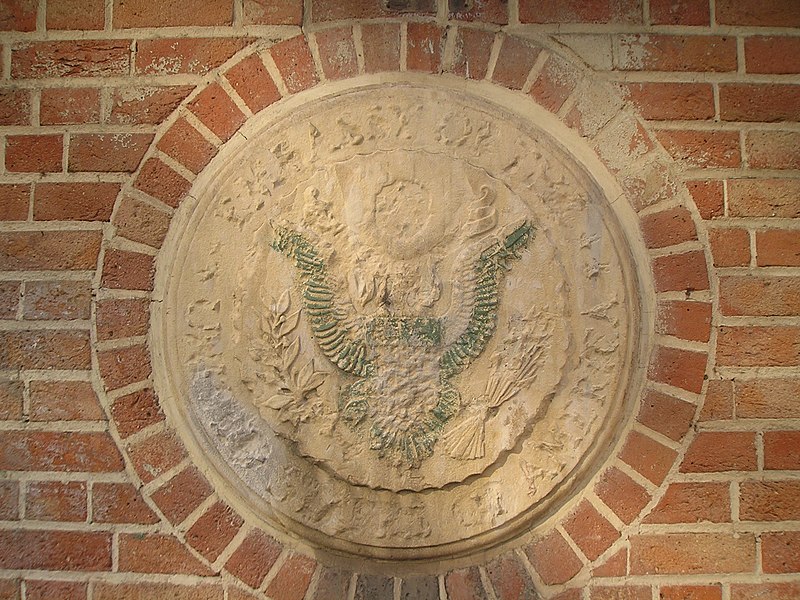The Embassy of the United States in Tehran, once a symbol of diplomatic ties between the United States and Iran, now stands as a stark reminder of a tumultuous chapter in international relations. The events surrounding the embassy, particularly the infamous Iran hostage crisis of 1979-1981, have left an enduring impact on the diplomatic landscape of both nations.
The embassy, officially known as the U.S. Embassy in Tehran, was established in 1948 in a building that reflected the architectural style of the time. Situated in the heart of Tehran, the embassy played a crucial role in fostering diplomatic relations between the United States and Iran for decades. However, the relationship between the two countries took a dramatic turn in the late 1970s.
The turning point was the Iranian Revolution of 1979, which led to the overthrow of the U.S.-backed Shah Mohammad Reza Pahlavi and the establishment of an Islamic republic under the leadership of Ayatollah Ruhollah Khomeini. Anti-American sentiments ran high among revolutionary forces, who perceived the United States as an imperialistic power interfering in Iran’s internal affairs.
On November 4, 1979, a group of Iranian militants, largely composed of students, stormed the U.S. Embassy in Tehran, seizing 52 American hostages. The seizure of the embassy was a protest against the U.S. government’s decision to admit the deposed Shah into the United States for medical treatment, further fueling anti-American sentiments in Iran.
The hostage crisis unfolded as a protracted diplomatic ordeal, lasting for 444 days until January 20, 1981, coinciding with the inauguration of President Ronald Reagan. The hostages endured harsh conditions during their captivity, and the crisis strained diplomatic relations between the United States and Iran to the breaking point. The failed attempt to rescue the hostages in Operation Eagle Claw in 1980 further highlighted the complexities of the situation.
The embassy compound, which had served as a hub for diplomatic activities, became a symbol of the strained relationship between the two nations. The militants occupying the embassy portrayed it as a den of espionage, accusing the United States of interfering in Iran’s internal affairs. The seized embassy was rebranded as the “Den of Espionage,” and the hostages became pawns in a larger geopolitical struggle.
The release of the hostages on January 20, 1981, marked the end of the Iran hostage crisis, but the scars left by the event lingered on. The United States and Iran severed diplomatic ties, and the embassy compound in Tehran remained closed, becoming a powerful symbol of the rupture between the two nations.
In subsequent years, the abandoned embassy became a site of periodic anti-American demonstrations. The Iranian government, while acknowledging the negative consequences of the hostage crisis, maintained a defiant stance against what it perceived as U.S. interference in its internal affairs.
Today, the former U.S. Embassy in Tehran stands as a frozen relic of a tumultuous past. The compound is heavily fortified, and the walls are adorned with anti-American murals and slogans. The embassy’s fate has been a subject of diplomatic discussions, but the complex legacy of the Iran hostage crisis continues to influence the relationship between the United States and Iran.
In conclusion, the Embassy of the United States in Tehran represents a historical turning point in the diplomatic narrative between the United States and Iran. The Iran hostage crisis, with its profound impact on international relations, transformed the embassy from a symbol of diplomacy into a symbol of discord. The events of 1979-1981 left an indelible mark on the diplomatic history of both nations, shaping their interactions and perceptions for decades to come. The abandoned embassy remains a powerful reminder of the complexities and challenges inherent in international diplomacy.



